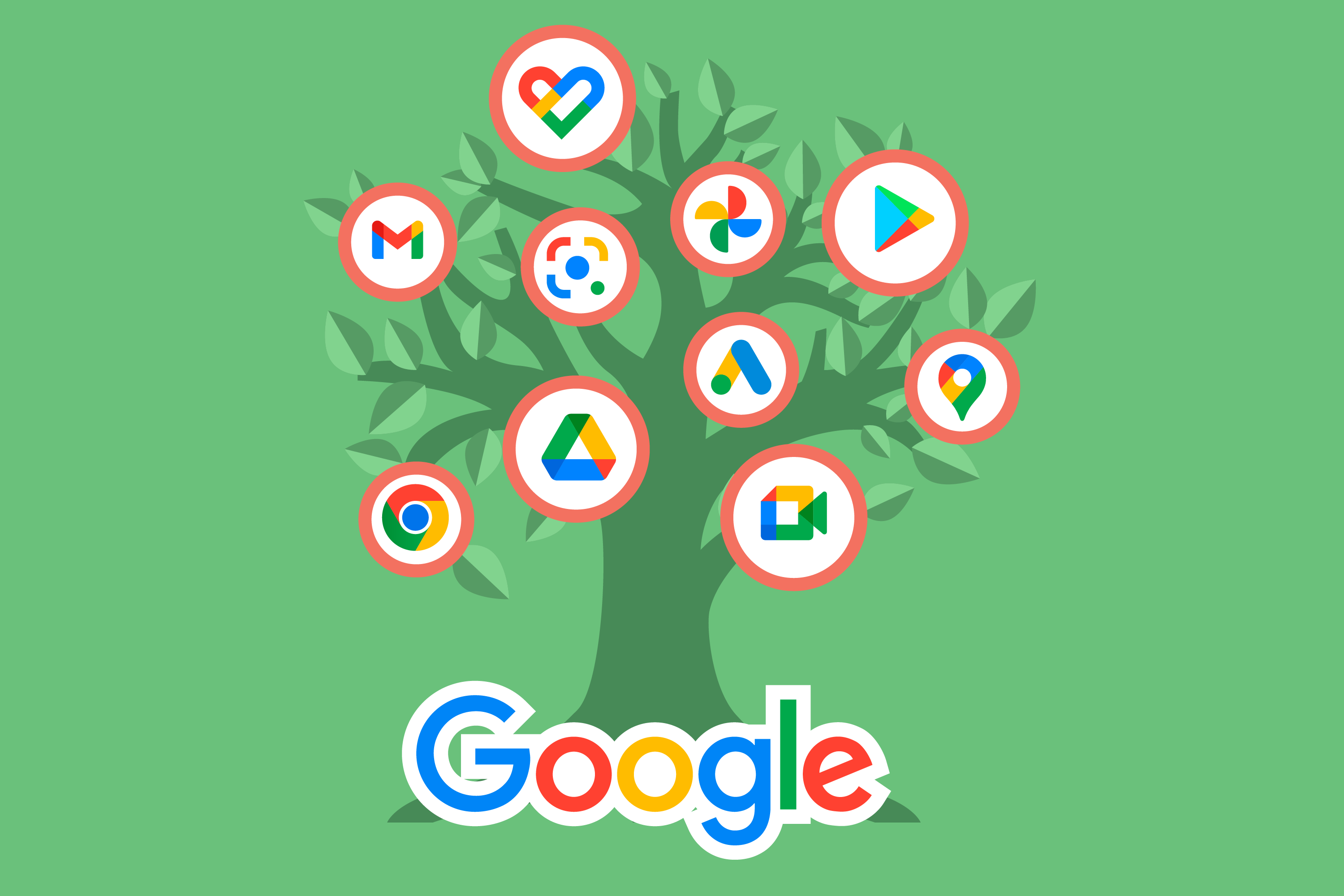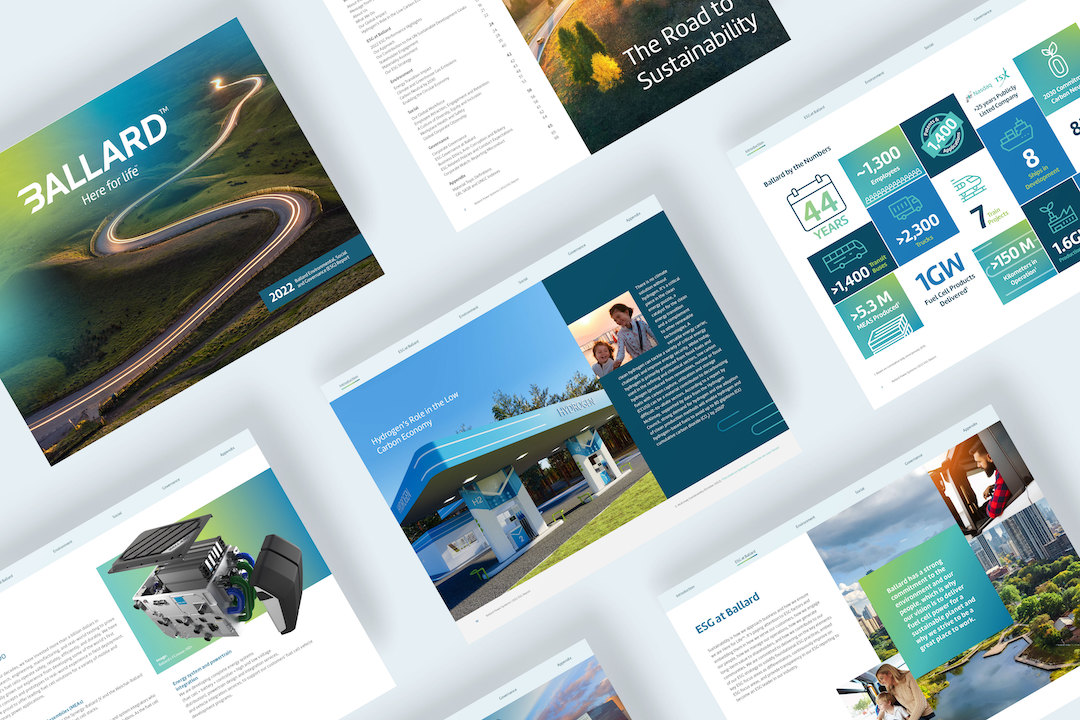Senior living communities are special places where life's next chapter unfolds. They're more than buildings with care services—they're vibrant hubs where residents find purpose, forge new friendships, and continue their life story
In Canada, the scale of demand for senior housing is at a historic high and continues to grow, with projections indicating a need for hundreds of thousands of additional units in the next two decades. Senior living housing providers are aware of this increase in demand and new communities are emerging all the time, but their clientele are more discerning than ever. Today, seniors are looking for communities that can fulfill their unique needs and lifestyles – from the levels of care offered, to the type of accommodations, to cuisine, amenities, or even just the vibes. It is more important than ever for senior living housing providers to be able to connect with, and attract the right clientele – and that starts with the brand identity.

A brand identity for a senior living community must do more than attract attention—it needs to foster trust and create emotional connections. It should resonate with the residents, inspire confidence in families making difficult decisions for their loved ones., and be a source of pride for the staff who provide daily care and support.
Through years of partnering with senior living providers, we've refined a distinctive three-phase approach to create authentic, appealing and distinctive brand identities for dozens of communities.
As we explore our three-phase approach, you'll discover how strategic branding can elevate a senior living community from a choice of necessity to a destination of desire. Let's examine how this process unfolds, creating brands that don't just communicate what a community offers, but what it feels like to belong there.
Phase 1: Strategic Foundation & Market Research
Before any creative work begins, we immerse ourselves in understanding the unique character of each senior living community. We meet with the general manager and senior staff to discover what makes their place special.
From those critical interviews, we expand our research outwards, looking at the community, the city and the greater landscape, and how the residents interact with those surroundings. We study the competitive landscape, and identify unique opportunities for differentiation. From this exploration, we gather sparks of inspiration that lead us toward a name and brand identity that feels true to the heart of the property.

Phase 2: Naming Development
Naming a senior living community is a graceful blend of art and insight. A successful name must be memorable, meaningful, and capable of standing the test of time. We consider everything from ease of pronunciation to cultural significance, and local relevance. We strive to create a name that resonates with both residents and their families.
Our structured naming process draws from decades of experience in senior living branding. We understand that names carry emotional weight and must reflect the dignity and vitality of the community they represent. Through careful research and creative exploration, we develop names that become powerful assets for our clients.

[Discover how we created a name that bloomed into a thriving senior living brand.]
Phase 3: Brand Identity Development
A strong senior living brand identity must be both beautiful and functional. Our design strategy integrates thoughtful visual storytelling with practical considerations, ensuring the brand connects emotionally while performing seamlessly across environments.
From high-contrast, age-friendly colour palettes to accessible digital interfaces and clear environmental graphics, every element is designed with usability and clarity in mind. We create scalable brand systems that maintain consistency across signage, print, and digital—so the identity remains strong, recognizable, and inclusive at every touchpoint.
Digital Presence with Purpose
Today's senior living brands must exist seamlessly in both physical and digital spaces. We create websites and digital tools that serve as powerful marketing assets while remaining accessible, intuitive and inclusive to seniors and their families. Our websites focus on clear communication, easy navigation, and compelling storytelling that brings each community's unique character to life.

Looking Forward
As the senior living sector continues to evolve, brand strategy plays an increasingly crucial role in community success. The strongest brands don’t just attract—they build trust, foster engagement, and support vibrant communities where people want to live, work, and connect. Through thoughtful application of our three-phase process, we help senior living communities develop brands that resonate with all stakeholders while standing out in a competitive marketplace.
Whether you're developing a new senior living community or refreshing an existing brand, our proven process ensures that every aspect of your brand serves your unique community vision.
Contact us to discuss how we can help bring your senior living brand to life.
Perry Boeker
Principal & Marketing Strategist A results-driven creative thinker, Perry is a marketing management professional with a proven record of achievement in Strategic Planning, Team Leadership, and New Concepts Development.



